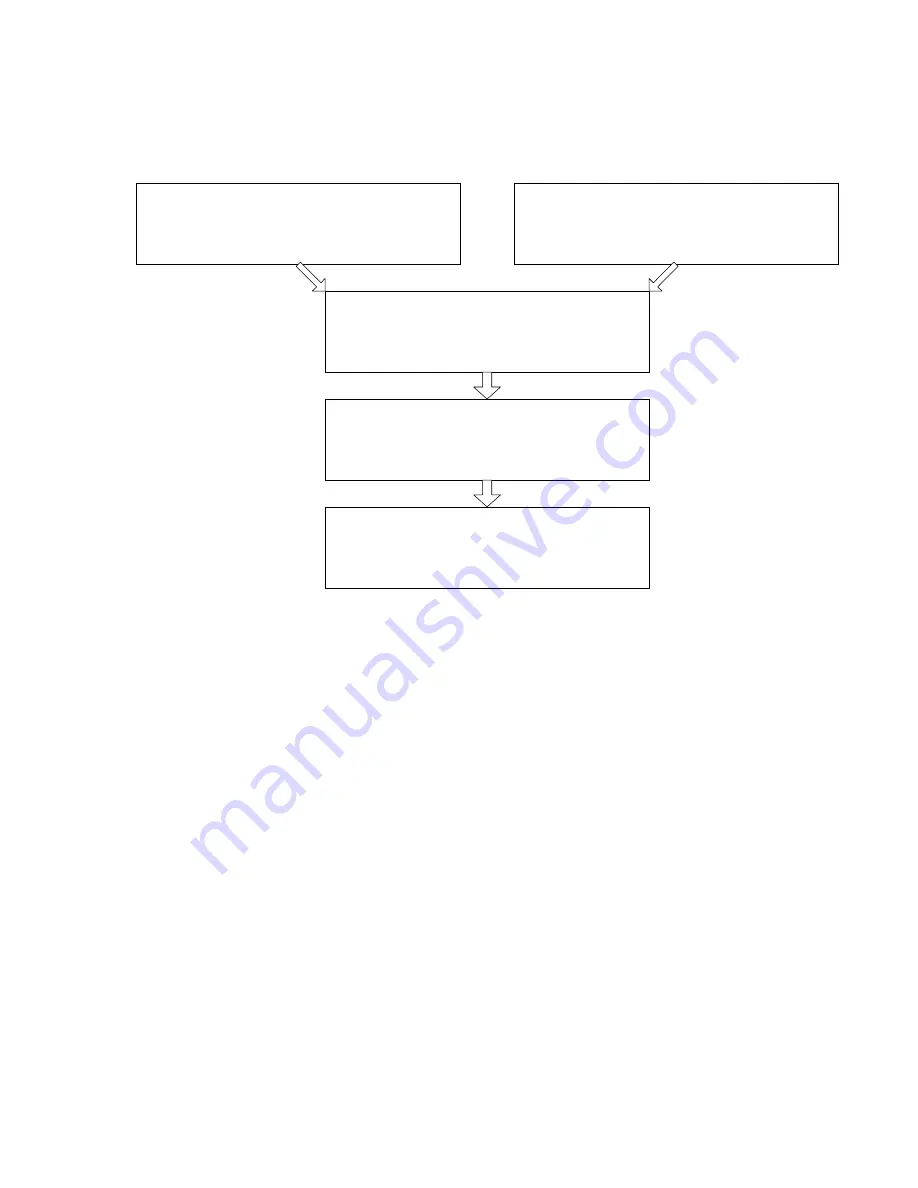
Copyright 2004 Waterford Precision Cycles, Inc. - All Rights Reserved.
Page - 9
The Fitting Process
Though not a comprehensive guide to fitting, the following overview shows how to integrate the
Fitmaster into your fitting process. Below is an overview of how Waterford conducts bicycle fitting:
Measure the Riders's Existing Bike
: This is an x-ray into
the riders' world. It's how they've adapted their bikes to
their personal needs. Identify riding preferences and
problems.
Assess the Rider
: Fit Kit's Quick Fit System provides a
fast and convenient system for collecting body
measurements from any rider. Also collect information
on rider preferences, conditions and history.
Establish the Starting Fit
: Using Fit Kit software and
factoring in feedback about the existing bike and the rider,
this is where you create a basis for the next bike.
Fine Tune the Fit Using the Fitmaster
tm
:
Through this
process, the rider buys into their fit. When the rider says
it's right, it's right.
Design the Bike
: Based on the rider-approved fit, design
the frame geometry that integrates good fit with optimized
handling, while maximizing the degrees of freedom to
adjust the fit to meet the rider's changing needs.
Waterford strongly suggest that you adopt or develop a protocol for addressing each of the
above processes. Fit Kit systems has an excellent array of tools for serving many aspects of the
fitting process. They dovetail closely with the Fitmaster.
There are two general uses for the Fitmaster:
1. Fitting a rider for a custom geometry bike. In this case the framebuilder builds the bike to order.
2. Fitting a rider to a builder’s stock geometry.
In both cases, a thorough assessment of the rider insures a good starting point for using the
Fitmaster. In the following pages we discuss the specific procedures for each application.
































